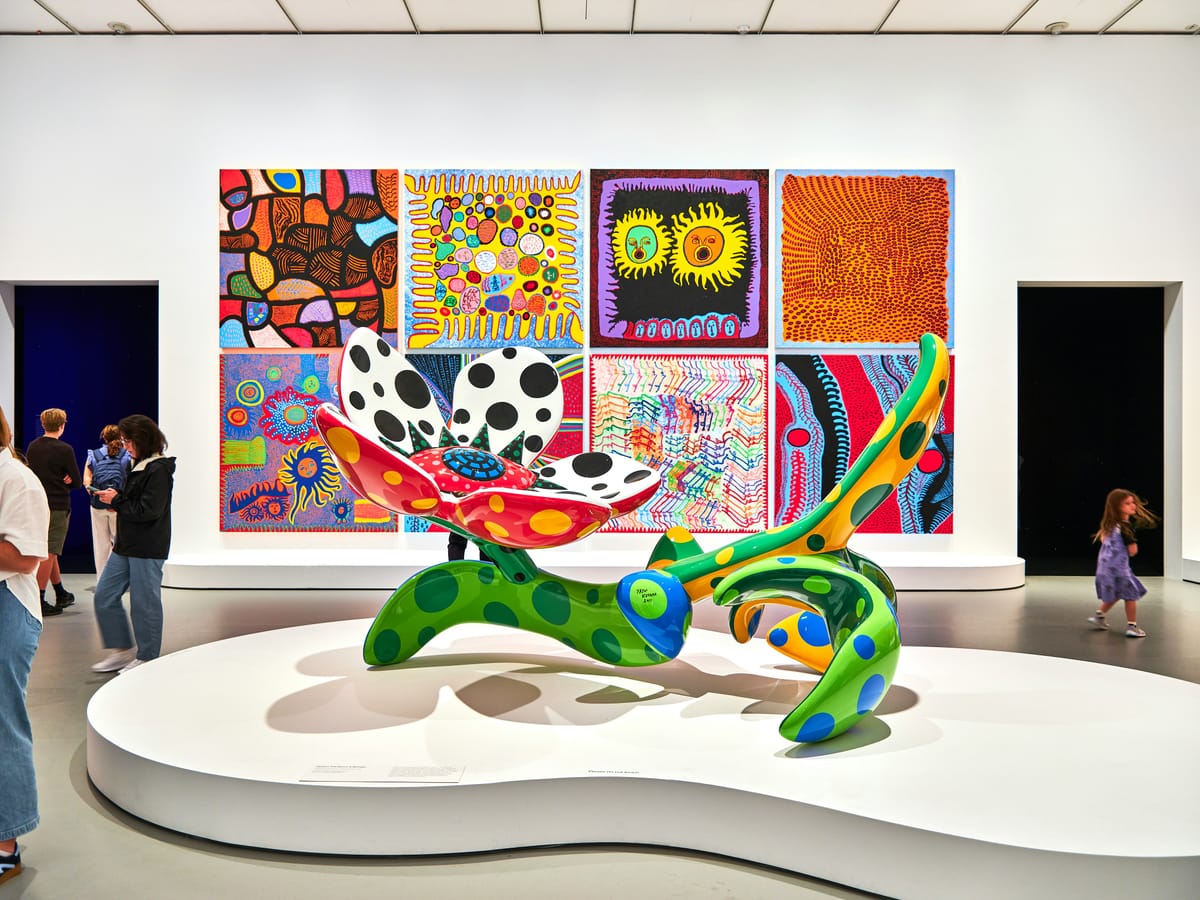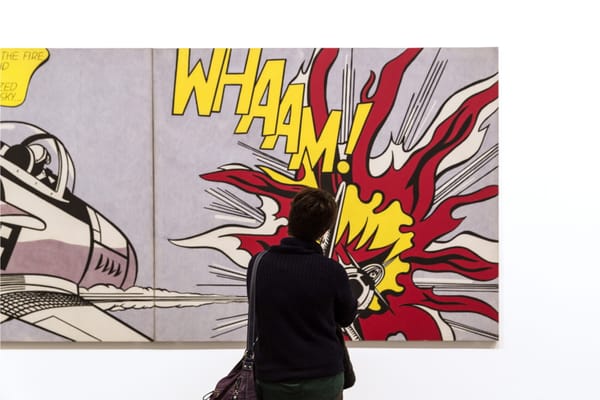Why We Need to Be Quiet in Art Galleries?
Why do art galleries stay so quiet? Learn where the silence rule came from, what it says about the art world, and why it's not just about respect.

Art galleries are often treated like sacred spaces—places where silence isn’t just encouraged, but enforced. But why are we still expected to be quiet in art galleries, even in 2025?
The short answer? Tradition. The long answer? Power.
Silence in galleries didn’t evolve by accident. It’s rooted in a long-standing idea that art appreciation is a solitary, almost religious act—a private communion between viewer and object. But that expectation reflects a particular cultural and class history, one that prioritizes elite norms over community engagement or emotional response.
This unspoken code of conduct serves more than just acoustics. It discourages debate. It suppresses discomfort. It preserves the illusion of authority. You’re not just expected to be quiet—you’re expected to not challenge what you see, what it costs, or who it’s for.
In a moment where museums and galleries claim to want broader access, inclusion, and critical dialogue, the enforced hush feels more outdated than ever. Why should silence be the default in spaces meant to provoke thought, emotion, and even outrage?
Maybe it’s time to make noise.
ART Walkway News





